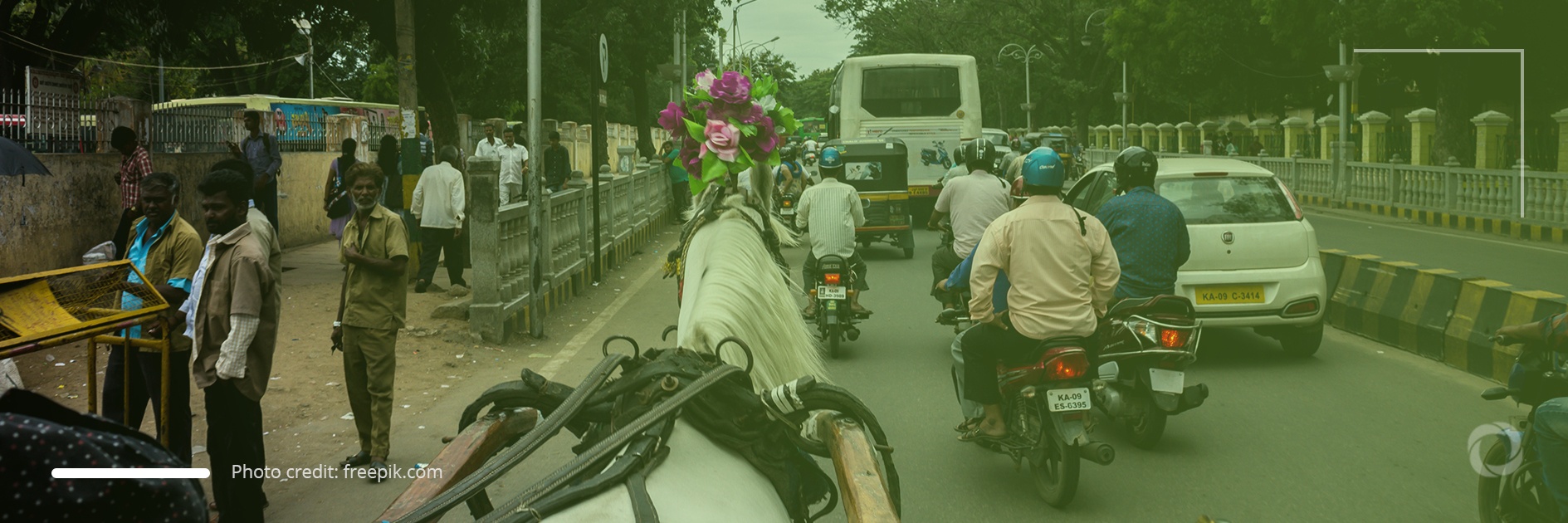As many as 99 of the cities that are most vulnerable to natural hazards are located in Asia and 80% of these are in India and China according to the latest report published by the UK- based strategic consultancy and global risk company, Verisk Maplecroft.
The company checked 576 of the largest urban centers in terms of their exposure to climate and environment-related threats and, of these, 414 cities – with over 1.4 billion inhabitants – are deemed to be at high or extreme risk from a combination of pollution, dwindling water supplies, extreme heat stress, natural hazards and vulnerability to climate change.
The list of the top 20 riskiest cities is headed by Indonesia’s Jakarta which is affected by pollution, flooding, and heatwaves. Moreover, Jakarta is at high risk of seismic activity making its situation even worse leading to Indonesian authorities planning to relocate the city that is so often impacted by natural disasters. Another 13 cities in the top 20 are located in India. New Delhi ranks second in the index of the riskiest cities globally, Chennai third, Agra sixth, and Kanpur tenth. Other Indian cities that were also highly ranked are Jaipur 22nd, Lucknow 24th, Bengaluru 25th, and Mumbai 27th.
The most serious problem that Indian cities experience is air pollution and 19 of the 20 most polluted cities globally are in India where air pollution caused one in five deaths in 2019. India also faces water pollution which is responsible for about 400,000 deaths every year.
Sub-Saharan Africa is home to 40 out of 45 cities that are the most exposed to the effects of climate change and heat waves globally. It is predicted that this region will now constantly experience droughts, flooding, and storms.
In turn, Europe is estimated to be the least vulnerable to climate shocks with 14 out of the 20 least environmentally risky cities such as Krasnoyarsk ranking 576th, Glasgow 573rd, Helsinki 569th, and Copenhagen 563rd. European cities have also much less polluted air, compared to Asia, except for Warsaw and Milan which very often experience high pollution. The key risks of European cities are seismic movements and flooding.
The estimation of the most environmentally vulnerable cities was prepared based on the frequency of extreme events, human vulnerability, and the ability of each country to adapt to challenges.


